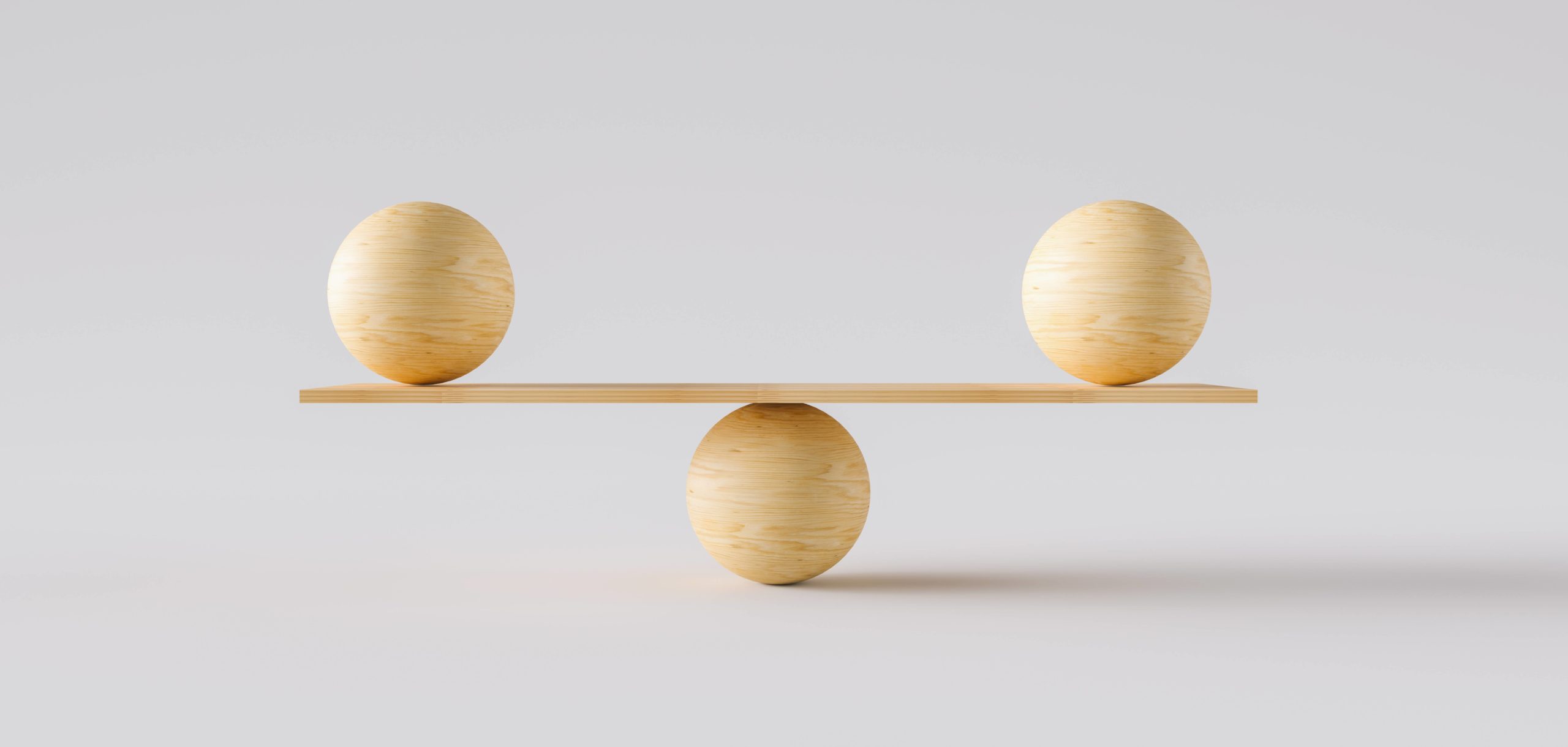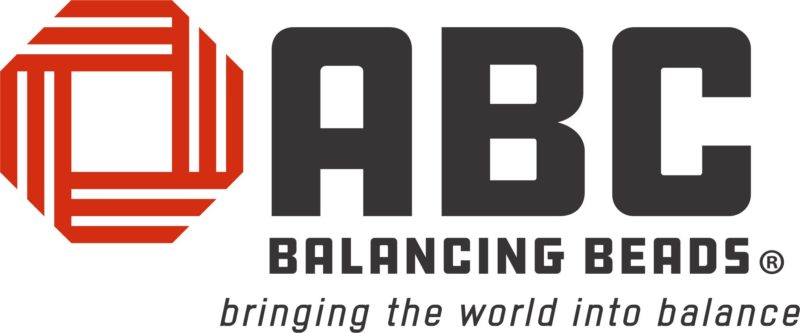
Have you ever had that feeling that your car wasn’t driving right? Like it was a little harder to steer, or it felt like it was bouncing more than normal? If so, the chances are good that both of your car’s wheels are unbalanced or out of alignment.
Don’t panic! Here’s what you need to know about wheel balancing and alignment and why they’re important for keeping your car running smoothly.
Wheel Balancing Explained
Tire balancing corrects the uneven distribution of weight in the wheels. Usually, imbalanced wheels can lead to vibration, fast and excessive tread wear, damaged suspension, and other problems.
The traditional balancing method requires your wheel and tires to be mounted onto a balancing machine, while this one measures the imbalance so the technician can correct it properly.
Your vehicle usually requires balancing when you notice the following:
- Steering Wheel Vibrations
- Steering Problems
- Uneven Tire Wear
- Bad Fuel Economy
- Stress On Shocks/Bearings
Wheel Alignment Explained
Wheel alignment is more about your vehicle’s suspension system. This is the system that connects a vehicle to its wheels. Performing regular alignments keeps your car from veering to the right or left, improves the handling of your vehicle, and stops unusual vibrations.
Your vehicle surely needs an alignment if you notice the following:
- Sharp/Mild Pulling In One Direction
- Steering Wheel Vibration
- Off-Centered Steering Wheel
- Uneven Tire Wear
Watch out! They’re Not The Same.
Now that you know what wheel alignment and balancing are, let’s check out the difference.
Wheel alignment is how your wheels sit when mounted to your car, and wheel balancing is done to perfectly balance the weight of a tire and wheel assembly so that the vehicle runs evenly.
Each Process Explained
When doing car alignment and balancing, each process requires multiple steps. Let’s check each out:
Wheel Alignment Process
These are the steps for performing a basic wheel alignment:
- Step 1: Lock the steering wheel straight ahead and apply the brake pedal depressor. if measuring Castor/Camber
- Step 2: Attach the measuring heads to the rear wheels and the centerline scales to the front wheels. Activate the lasers.
- Step 3: The number you see on the laser line on both scales should be the same. If they are not, the Toe will have to be adjusted to compensate for any thrust angle shift.
- Step 4: To calculate the rear Toe, read the Toe scales backward, remembering that as the heads are turned back, the reading will be reflected in reverse. As a result, ‘Toe-in’ becomes ‘Toe-out,’ etc. Set up and adjust the rear axle to proper specifications, then check that both centerline scales read.
- Step 5: Fit the measuring heads to the front wheels, then attach the center line scales to the rear wheels. Now calculate and modify using the same technique as previously described for the back of the car.
- Step 6: When standing beneath the vehicle, you can observe all your Toe and thrust angles.
- Step 7: Optional Camber/Castor adjustment.
Wheel Balancing Method (Traditional)
These are the steps for balancing your vehicle’s wheels using the traditional balancing method:
- Turn on the balancer
- Clean the tire
- Mount the tire/wheel assembly on a balancer
- Enter the A & D wheel dimensions
- Lower the hood to spin the wheel and check dimensions
- Raise the hood after the tire stops rotating
- Note when the inboard center bar blinks
- Attach an inboard corrective weight
- Rotate the wheel
- Note when the outboard center bar blinks
- Attach outboard corrective weights
- Lower the hood to respin and check the balance
Modern Technology Tire Balancing Beads
At ABC Balancing Beads, we pride ourselves on providing the best possible service to our customers. Our unique modern method uses electrostatic charge and memory technology to provide a completely balanced axle end for your vehicle.
Our tire balancing beads not just at highway speeds but in all-wheel positions, making sure your ride is smooth and safe. Contact us today to learn more about our services and how we can improve your driving experience!


Recent Comments